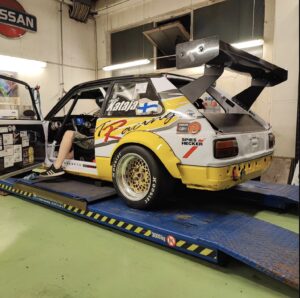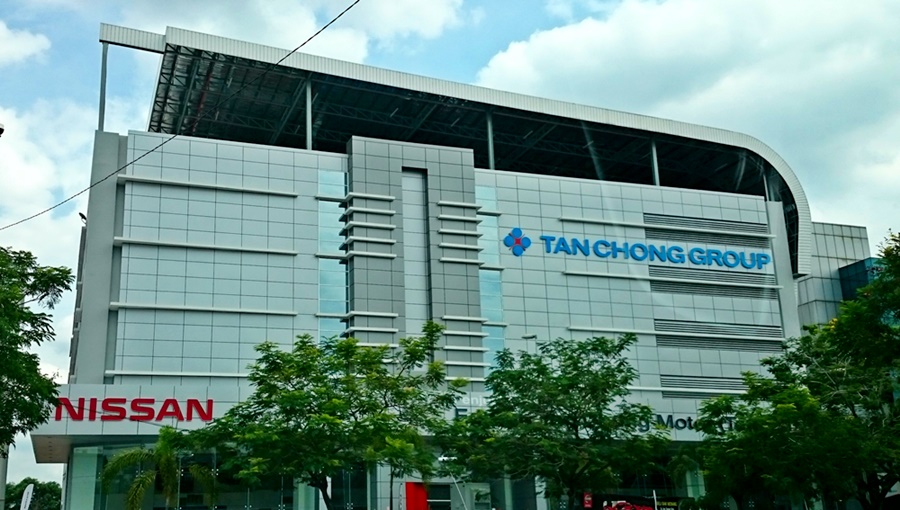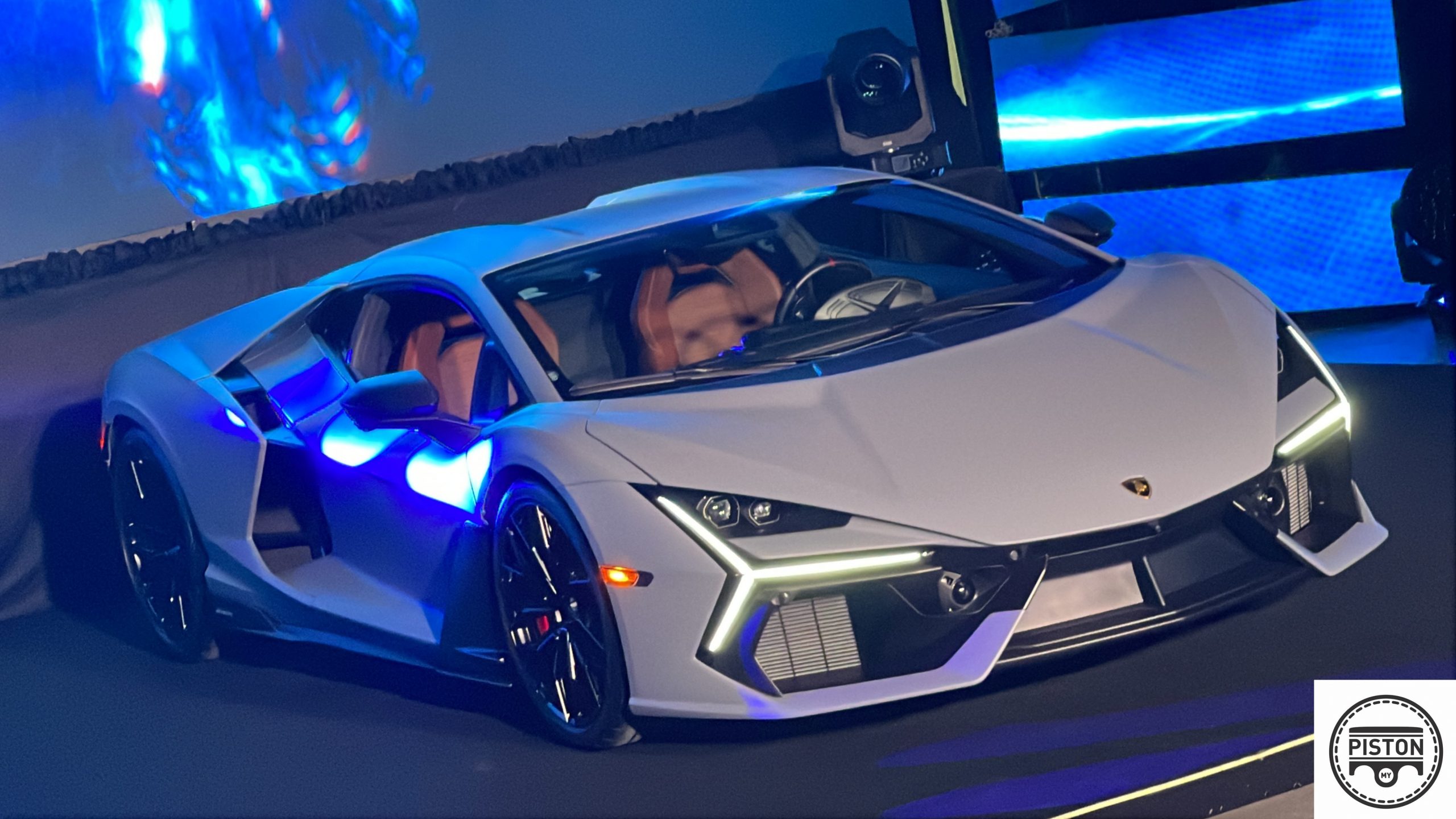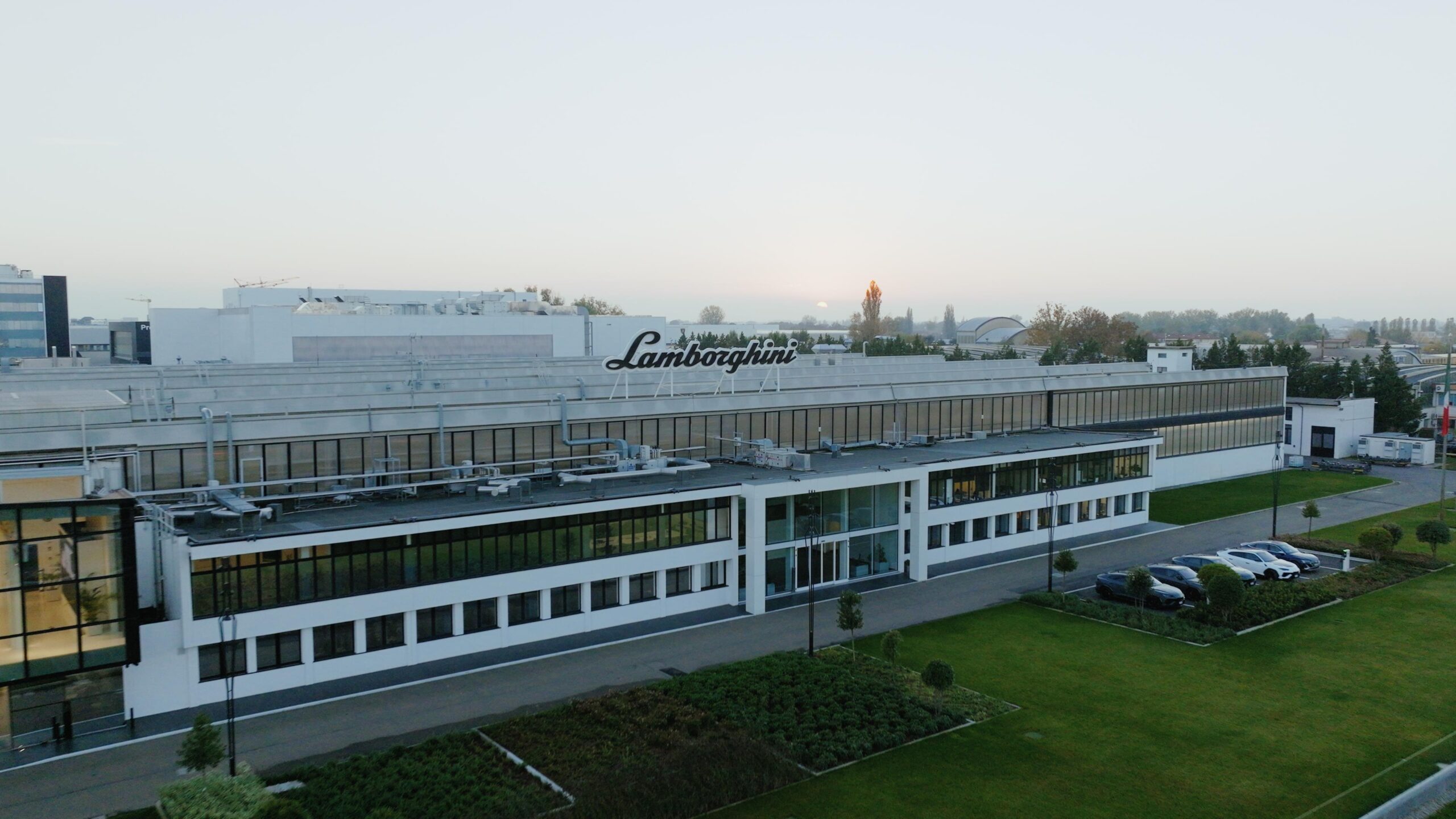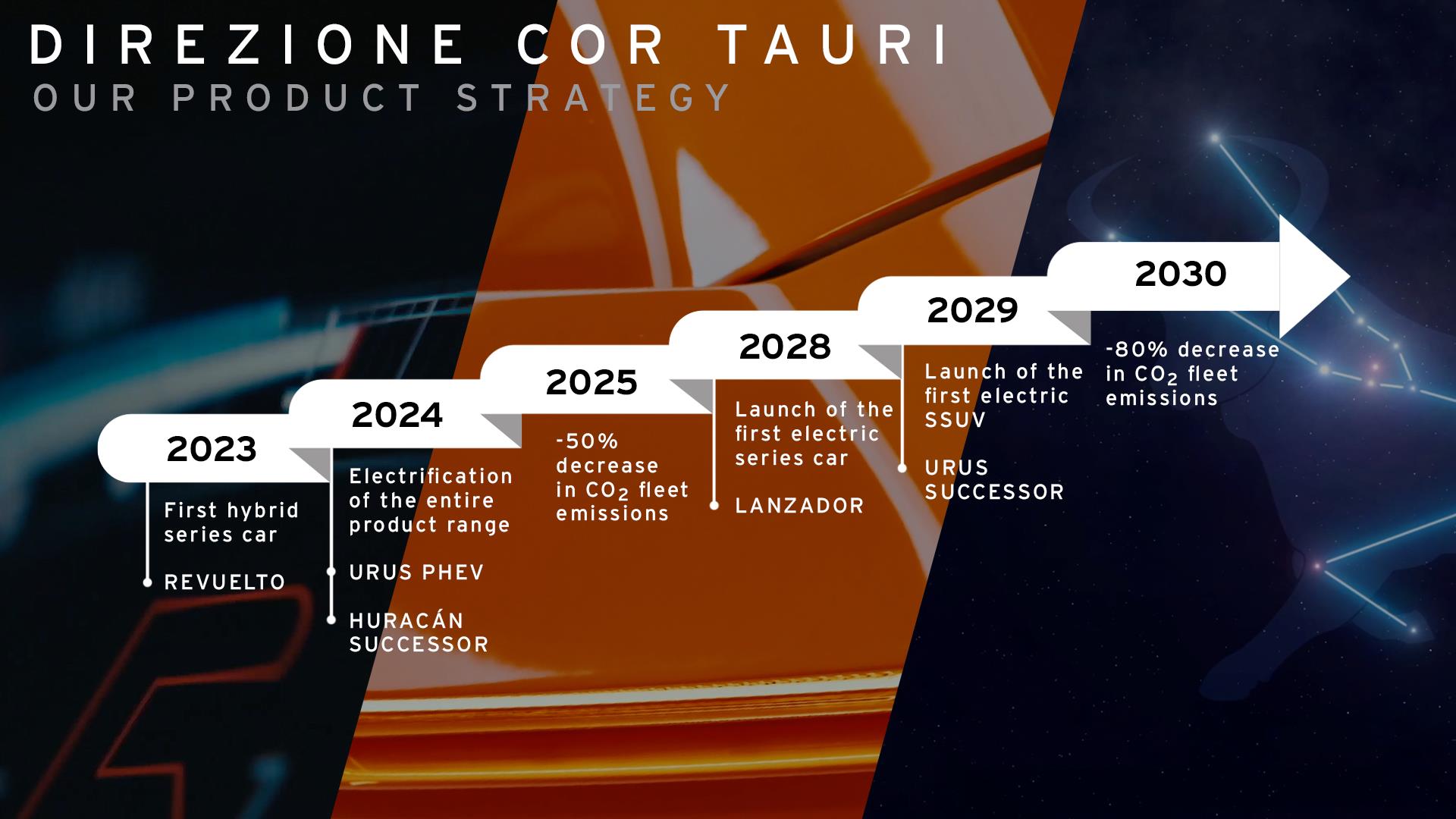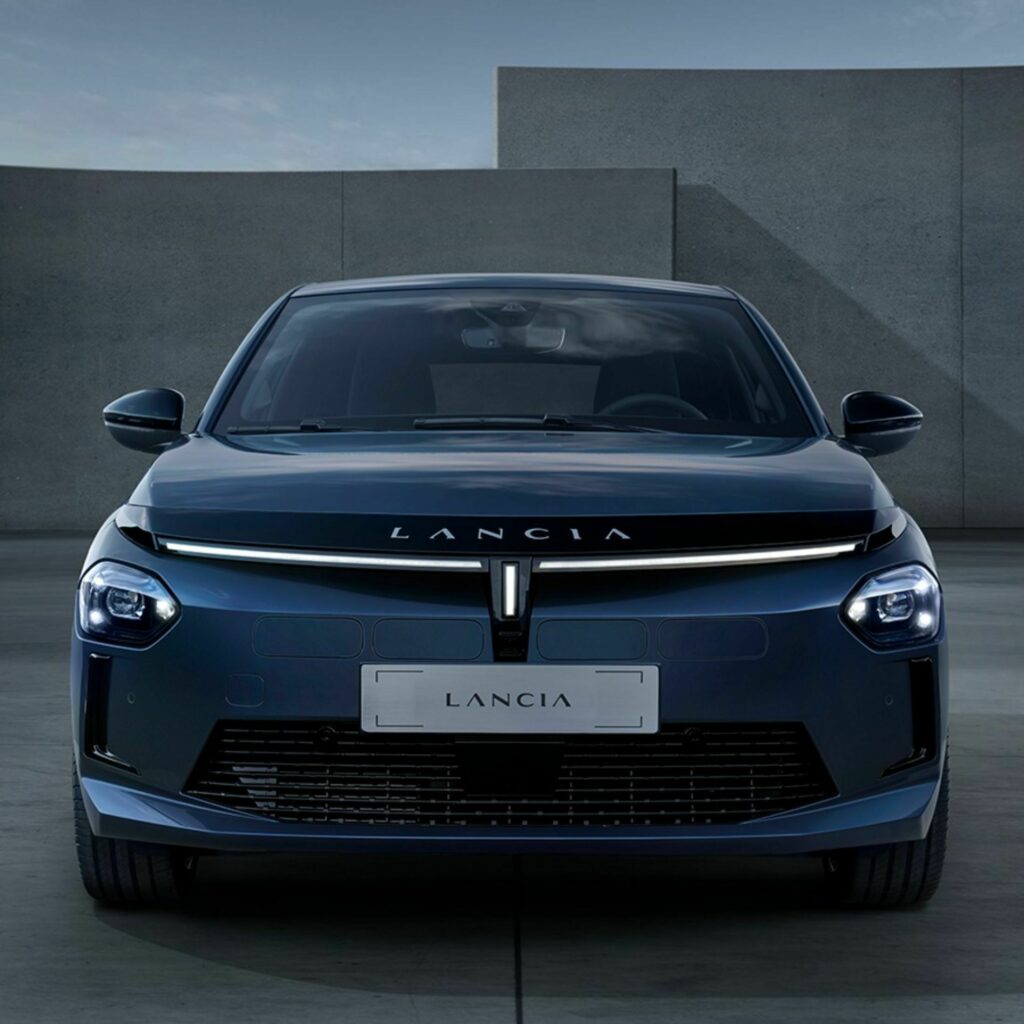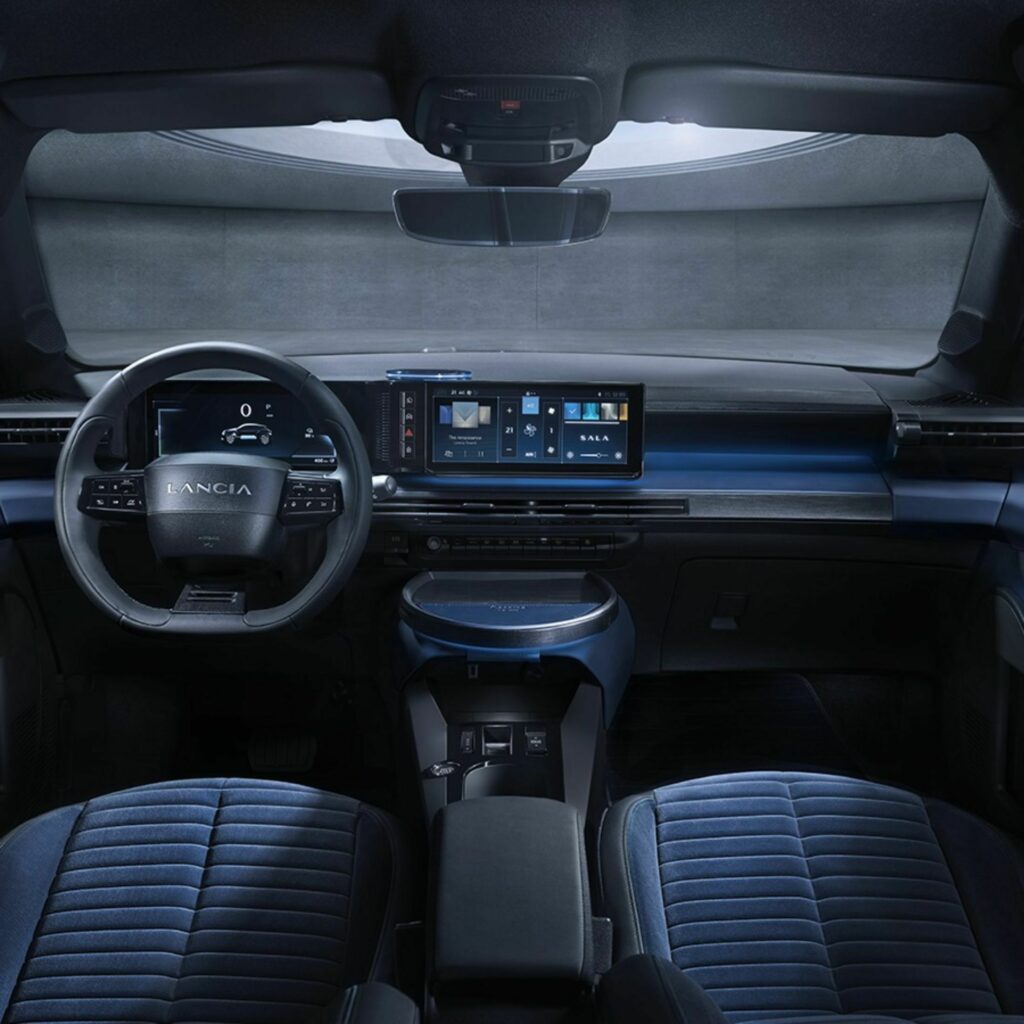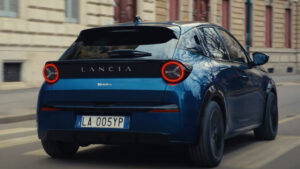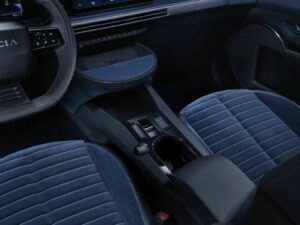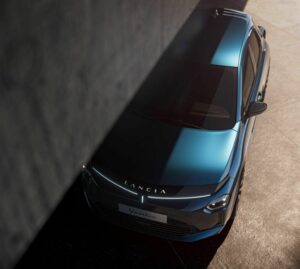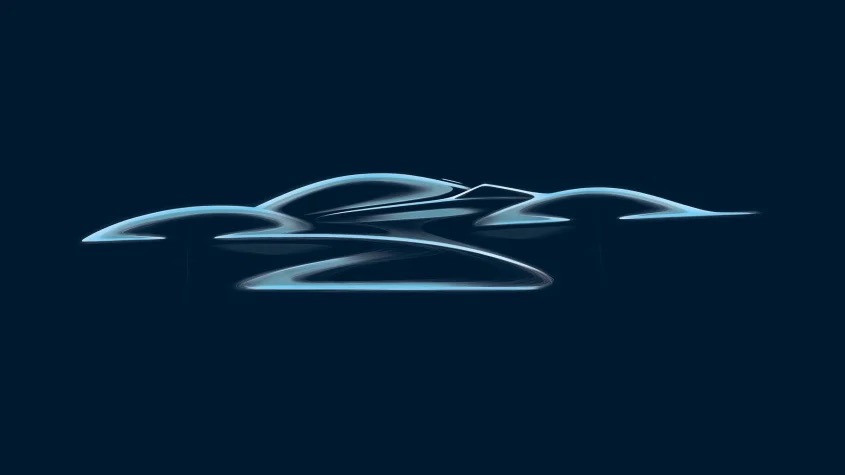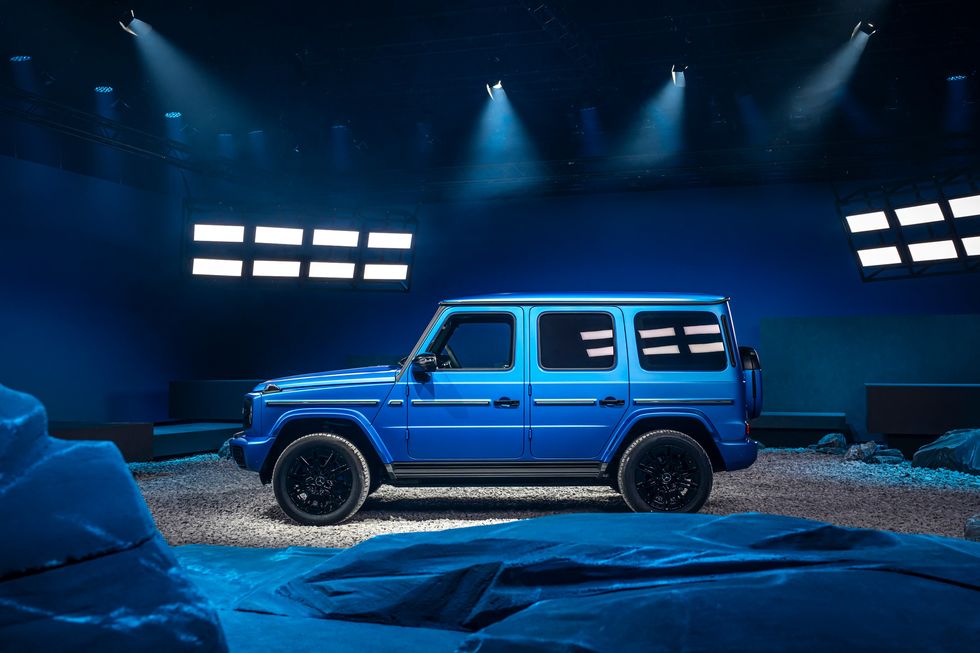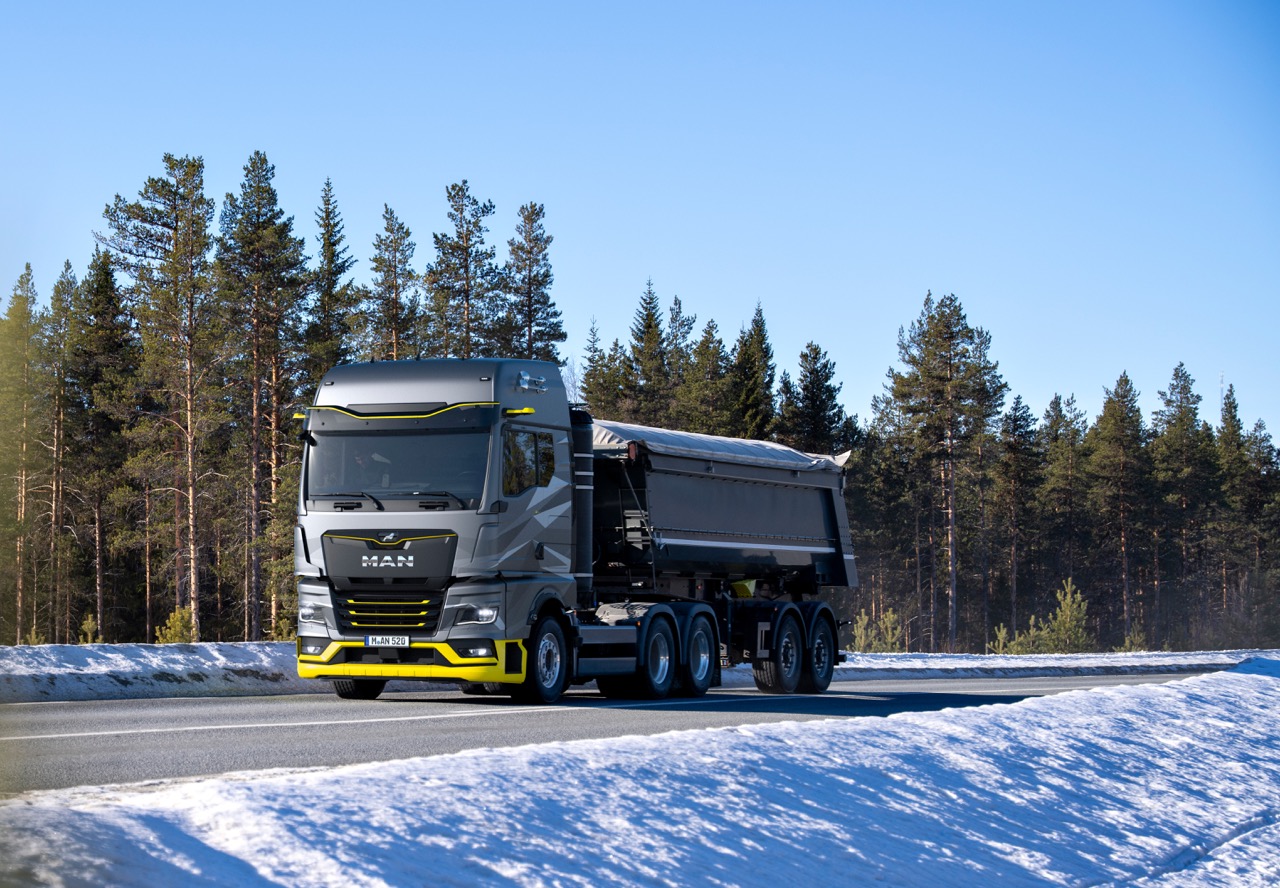Tesla has agreed to a $1.5 million (RM7,140,000) settlement to resolve a lawsuit filed by 25 California counties accusing the electric vehicle manufacturer of mishandling hazardous waste at its facilities across the state. The settlement, approved by Judge Jayne Lee in San Joaquin County state court, comes just days after the counties alleged that Tesla improperly labelled and disposed of waste materials, including paint materials, used batteries, and diesel fuel.
While Tesla did not admit wrongdoing as part of the settlement, it has agreed to pay a $1.3 million (RM6,188,000) civil penalty and $200,000 (RM952,000) to reimburse the counties for the costs of the investigation. The company has also committed to taking measures to properly handle waste and will hire a third-party auditor to examine its waste practices over the next five years.
Despite the environmental benefits of electric vehicles, the manufacturing and servicing of these vehicles generate harmful waste streams. The lawsuit claimed that Tesla violated state unfair business and hazardous waste management laws at up to 101 facilities, including its manufacturing plant in Fremont, California.
Tesla had previously settled with the U.S. Environmental Protection Agency (EPA) in 2019 over alleged federal hazardous waste violations at its Fremont plant. The 2019 agreement required Tesla to implement proper waste management practices and pay a $31,000 (RM147,575) fine. In 2022, Tesla reached another settlement with the EPA, agreeing to pay a $275,000 (RM1,309,137) penalty for failing to maintain records and implement plans to minimise air pollutants from painting operations at the Fremont plant.

















